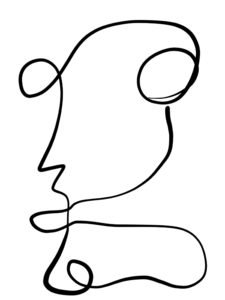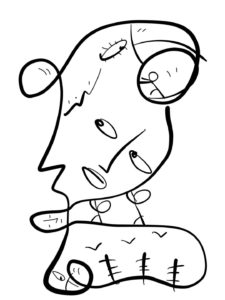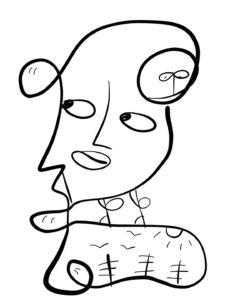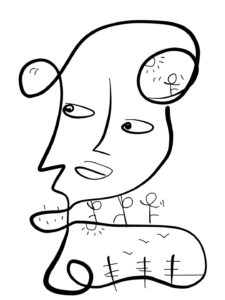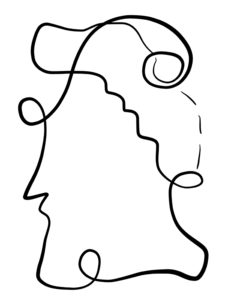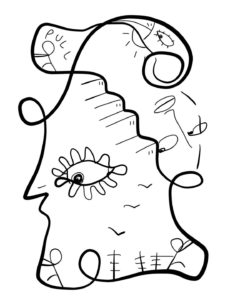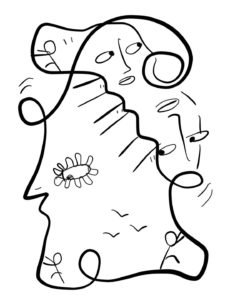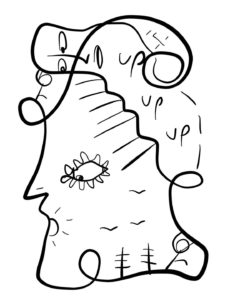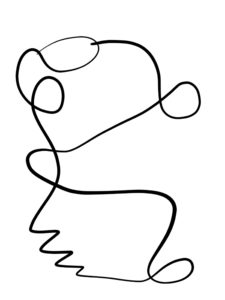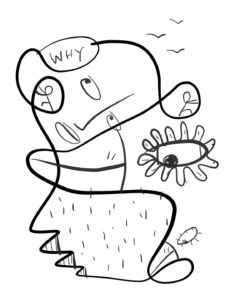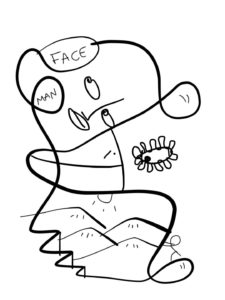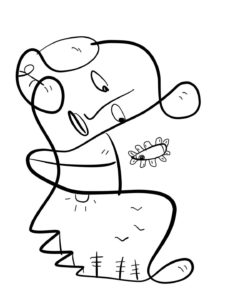October 2016
I view perception (e.g. low-level vision) as an inherently constructive act by which the brain internally represents the external world. My research searches for brain bases and computational descriptions of this creative process. I am also very interested in visual art as a higher-level manifestation of the same fundamental human creativity, and believe some similar principles may be at play in both contexts.
We tend to view art as one of humanity’s strongholds in an age of increasing automation, something spontaneous as opposed to mechanistic, an outpouring or manifestation of creativity, intuition, emotion—the intrinsically human. As there is necessarily a brain basis of the creative process, there are neural mechanisms at its origin; there is some structure underlying the spontaneous. Of course one of the more interesting questions concerns at what level this structure lies, at what level an artist’s choices exist on top of a fundamental template, how much ‘randomness’ remains, and to what extent creation would still be unpredictable given a computational level description of one’s artistic fingerprint.
I am interested in developing computational descriptions of the structure underlying artistic creation, and examining whether the seat of artistic identity lies within. I don’t believe this detracts from the beauty of creation, but instead affirms its humanity, by searching within the artistic process for the underlying fingerprints of human identity, using some of the most powerful investigative tools we have at our disposal. You may recognize these words from Richard Feynman, which I take as inspiration.
I am currently collaborating with visual artist Shantell Martin on a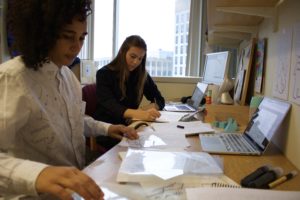 n artistic experiment entitled “On Identity and Creativity.” You can read my statement about the project in its current form here. This collaboration began with an intent to understand the consistency underlying the stream-of-consciousness outpouring that is Martin’s drawing. Over the course of three months, Martin completed a series of 300 drawings developed from 100 initial hand drawn templates. Each template, a continuous line serving as the foundation of a future drawing, was sent to Martin three times, weeks apart, to be completed in her characteristic style.
n artistic experiment entitled “On Identity and Creativity.” You can read my statement about the project in its current form here. This collaboration began with an intent to understand the consistency underlying the stream-of-consciousness outpouring that is Martin’s drawing. Over the course of three months, Martin completed a series of 300 drawings developed from 100 initial hand drawn templates. Each template, a continuous line serving as the foundation of a future drawing, was sent to Martin three times, weeks apart, to be completed in her characteristic style.
See a few examples of the templates and the similarities between their three separate completions below.
The 300 line drawings are on exhibit in the offices of FiftyThree in New York this November.
Given the striking consistency of Martin’s different completions of the same template line, we are attempting to deep learn her artistic style and predict how she will fill in a given template. If a neural network could successfully predict Martin’s artistic choices, we can suggest that it has identified key elements of her identity in the artistic process. But where does this leave the artist? A common fear is that new technologies will ultimately replace the artist, in an era where resources are increasingly being diverted from the arts. Alternatively, the advent of technology as a window into identity could further the potential of art as a tool for self-expression, as awareness of one’s artistic process, and ultimately oneself, can powerfully refine and evolve artistic style.
